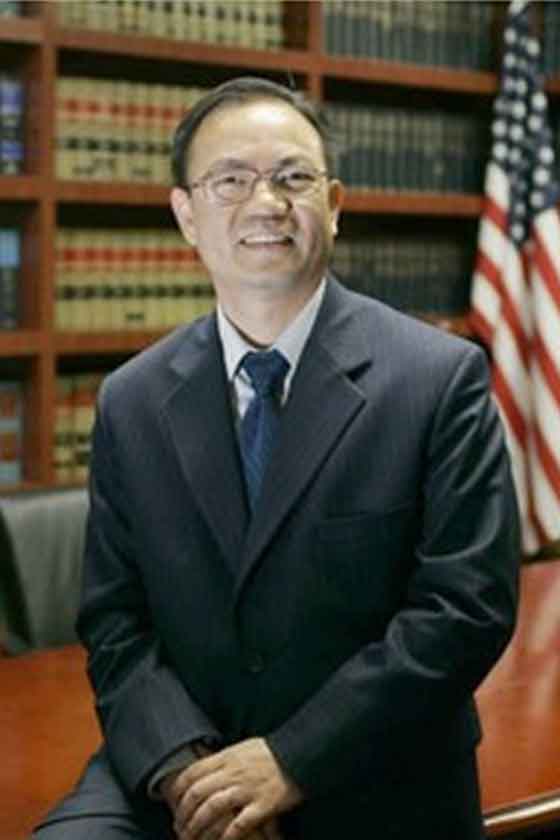⭐【邓洪説法】Tour Bus and Charter Accidents: What Makes These Cases Legally Complex | Deng Law Center
Tour and charter bus accidents often involve dozens of passengers, interstate regulations, and multiple layers of corporate liability. These cases differ significantly from typical car crashes and require rapid legal intervention, accident reconstruction, and coordination with multiple insurers.
At Deng Law Center, we’ve represented victims of high-profile bus accidents across California—from tour bus rollovers on I-15 to international tourist crashes in Los Angeles. Our litigation strategy is tailored to the complexities unique to these claims.
I. Multiple Defendants and Layers of Liability
Unlike accidents involving private vehicles, charter bus crashes often involve:
II. Federal and State Regulations
Charter buses must comply with federal laws under the Federal Motor Carrier Safety Administration (FMCSA), including:
III. Unique Injury Patterns
Because most buses lack seat belts or airbags, passengers may suffer:
IV. Jurisdictional Challenges
Bus accidents involving tourists raise issues of:
V. Insurance Coverage Disputes
1) Limited disclosures
Unlike standard auto accidents where insurance info is readily exchanged, bus cases often require formal demands to obtain:
2) Claims made vs. occurrence-based policies
Some carriers only provide coverage if the claim is made during the active policy period—creating coverage gaps if notice isn’t timely.
3) Choice of law and exclusions
Policy interpretation depends on the issuing jurisdiction. A clause valid in one state may be void elsewhere. International tour buses may have offshore policies with limited coverage or exclusions for U.S. litigation.
4) Insurer bad faith
Carriers may delay or deny claims based on volume of claimants, jurisdiction, or ambiguous language. Deng Law Center has experience filing bad faith claims and compelling coverage via declaratory relief.
5) Complex insurance structures
Unlike private drivers, charter and tour buses often have:
6) Dozens of victims, limited funds
Most buses carry policy minimums like $5M, but mass injury events (e.g., 40+ passengers) quickly exhaust limits. Early claimants may deplete the pot unless all victims are consolidated or coordinated. In some cases:
How Deng Law Center helps
🔍 Rapid-response investigation
⚖️ Expert coordination
🧩 Contract and corporate mapping
💬 Bilingual client support
Contact us
If you or your loved one has been injured in a tour or charter bus accident, Deng Law Center can help you act fast and recover fully.
Phone: (626) 280-6000
Website: www.denglaw.com
Address: 2112 Walnut Grove Ave., Rosemead CA 91770 (Offices also in Irvine, CA)
版权归原作者所有。如有侵权请联系我们,我们将及时处理。

专精重大伤亡事故理赔及刑事辩护,联合全美最强的人体伤害诉讼及专家团队,为客户争取最高的赔偿。
- ⭐【邓洪説法】欧盟裁定推特违规罚上亿;马斯克与川普再度联手对付欧盟
- ⭐【邓洪説法】政府疏忽索赔:6个月诉讼时效及向公共机构起诉危险道路与警察不当行为的流程要点 | Deng Law Center
- ⭐【邓洪説法】Government Negligence Claims: The Short 6-Month Statute of Limitations and Procedures for Suing Public Entities for Dangerous Roadways or Police Misconduct | Deng Law Center
- ⭐【邓洪説法】重大溺水事故诉讼:公共与私人泳池物业及管理方的安全责任与法律追责 | Deng Law Center
- ⭐【邓洪説法】Catastrophic Drowning Accident Lawsuits: Holding Property Owners and Supervisors Liable for Negligence in Public and Private Pools | Deng Law Center
打开微信,使用 “扫描QR Code” 即可将网页分享到我的朋友圈。
 点评
点评 微信
微信 微博
微博




